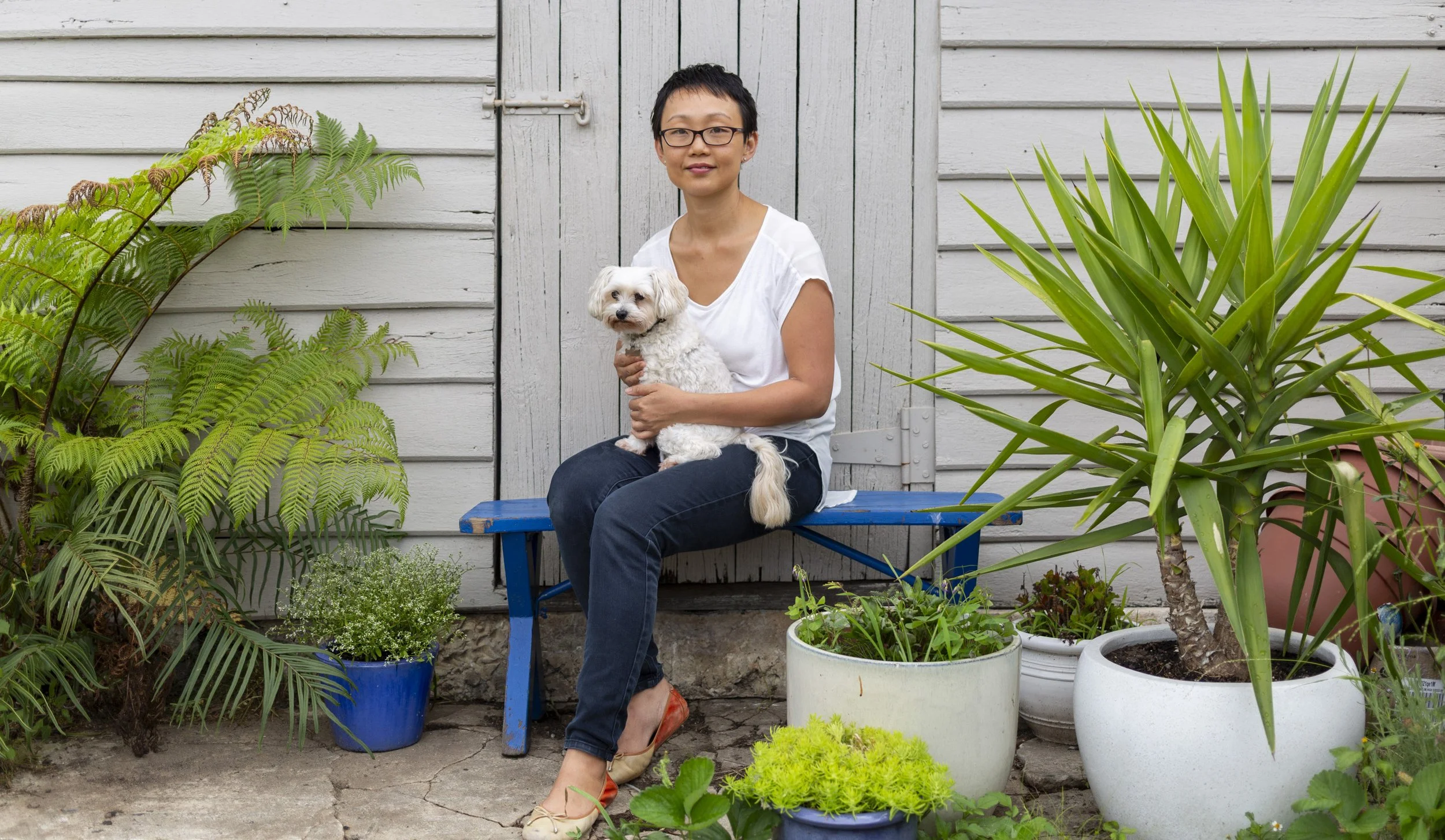May Chin Oh | Veterinarian
"What is death? What happens when we die?"
As a veterinarian in small animal general practice, my definition of death is clinical—ie: the irreversible cessation of breathing, absence of heartbeat and brain activity. Although most of the time death is something we try everything to avoid or delay, in some cases it can give a sense of relief—such as when an animal has a terminal condition or when suffering incurable pain. Euthanasia is then offered when the symptoms of the condition ultimately affect quality of life.
Making this decision on behalf of the animal (Is the animal in pain? How much pain is too much? How do we tell what they're feeling? Should we continue palliative care? When is the 'right' time to euthanize?) is difficult—it is subjective and it can be emotional, often involving a close relationship between the animal and the carer or owners. There is no way of telling if the animal wants to die.
What happens after death beyond the physical is not something I consider much.
My focus is on ensuring a peaceful, painless death if I have to perform the deed—a quick injection sometimes preceded by opiates for pain relief.
After this, my focus is then on the grief and the needs of the ones around the pet who has died. Pets are often considered members of family, so this is the time when many people share memories and stories of their pet in their role as part of the family.
—May Chin Oh (2016)
The Death Letter Project welcomes your comments and feedback. Please feel free to leave a comment on our Facebook page or alternatively submit a message below.
